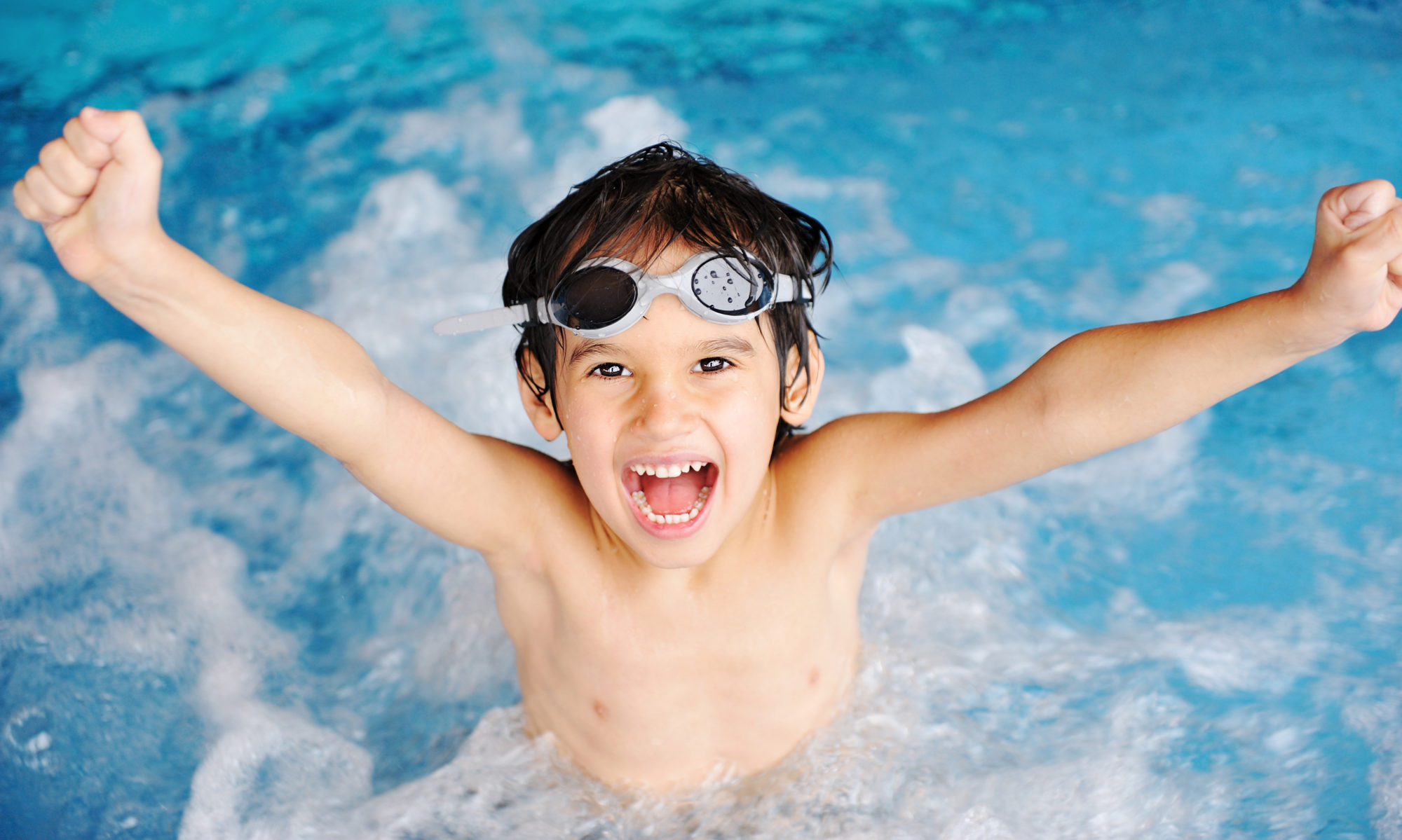You can start teaching your kids to swim at any age. The more experience they have in the water and the more comfortable they are in the water, the easier and more fun lessons will be for everyone. Kids in preschool are really ready to learn to swim. What can you expect at this stage?
What You Can Expect
- Kids this age can learn to be water safe.
- Kids this age can learn to do primitive versions of formal strokes.
When your child is three to five years old, he’ll be able to achieve water safety. Keep in mind that this is not a substitute for adult supervision. No one of any age should swim alone.
You can finally get to the point now where you could describe your child as being able to swim! It won’t necessarily be pretty. Look at how your kids climb into the sandbox, pump on the swings or run. Their facility doing things on land will give you a sense for how developed their swimming can be at this stage.
Kids this age know a lot of words. They’re aware of other kids and love to watch and be with other kids. They can run, gallop and dance. They’re really good now at riding a tricycle and might even be able to ride a bike. They’re better at throwing. They start understanding games and rules.
What You Shouldn’t Expect
- Lots of coordination
- A long attention span
Tips for Teaching Preschoolers to Swim
- Although kids this age know a lot of words, you should still keep instructions simple when you’re teaching them to swim. It takes a lot of energy for them to listen, and they need energy to focus on their bodies, too.
- Keep lessons short.
- Offer them simple choices, but make sure you can live with whatever they choose. (“Do you want to blow bubbles by yourself or with me?” instead of “Are you ready to blow bubbles?”)
- Use swimming with other kids as motivation to keep practicing.
- Use games in the water to help your child practice skills without the practice feeling like work.
- There’s a lot of developmental variety: some kids this age look graceful and coordinated and some look more awkward. They’ll all get there in the end. Be patient and respectful of where your child is now.
